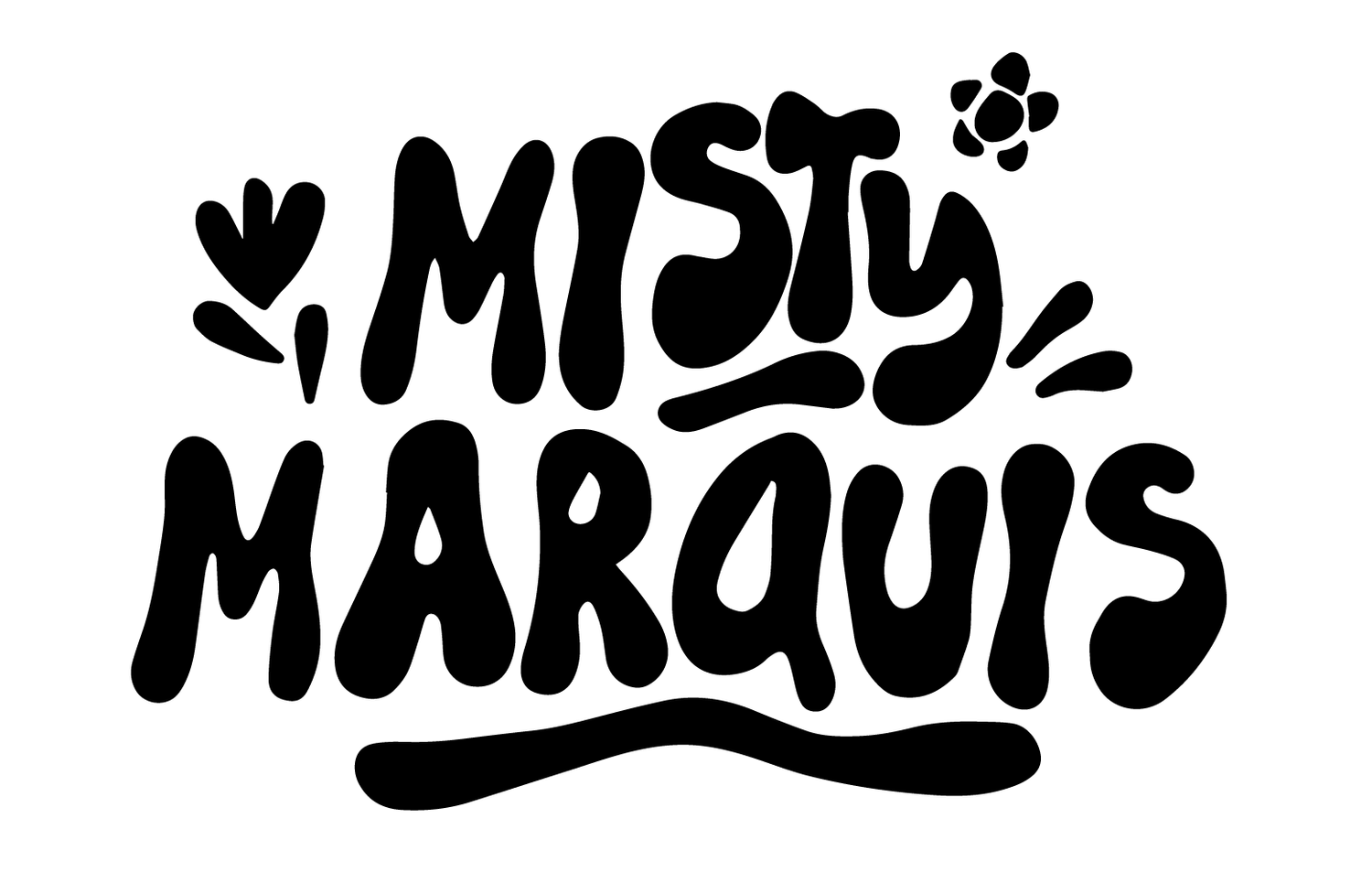Pet adoption aggregator

TEAM
Design challenge / Solo project
MY ROLE
Prototyping
Design Thinking
Creative Strategy
CONSTRAINTS
Desktop Device (Website)
TIMELINE
5-Day Design Sprint
Project Overview
CityPups, a startup dedicated to assisting urban residents in finding their ideal canine companion, has enlisted my expertise to spearhead a design sprint aimed at rapidly testing potential solutions. The objective is to develop a dog adoption aggregator directing users to adoption sources seamlessly.
The Challenge
The goal of the design sprint was to rapidly explore solutions for a dog adoption aggregator that could efficiently direct users to adoption sources. Working solo, I needed to identify core user needs, prioritize features, and create a functional prototype within just five days—all while ensuring the solution was both usable and scalable.
The Process
I followed the GV Design Sprint framework to maximize ideation and execution in a short timeframe:
Day 1: Mapped the problem, defined goals, and scheduled participants for usability testing.
Day 2: Generated ideas using Crazy 8’s exercises to encourage quick, bold solutions.
Day 3: Developed sketches and low-fidelity wireframes, iterating rapidly.
Day 4: Created a functional desktop prototype to simulate user flows.
Day 5: Conducted usability tests, gathering feedback and insights to refine the concept.
Time-boxing each phase kept the process focused, prevented overthinking, and allowed me to explore a variety of solutions quickly.

Design Sprint Timeline
*Image sourced from
The Sprint BookDAY.01
Understand
User Pain-Points
Company Goals
User Persona
User Flow
It starts with the user
Landing page for CityPups
Goes to search bar
Enters what they’re looking for
Applies the filter
Results Page
Maybe “Hearts” or “Bookmarks” a few dogs
Goes to an individual page
Maybe selects FAQs to learn more
Selects Inquire about dog
Fill out form to schedule a time to meet
DAY.02
Ideate
I did a quick Google search to see what competitors were doing right and what they were missing. This provided information as to what we could do or apply to our site to make it stand out against the competition. I looked at Petfinder, Adoptapet, and Petsmart Charities as references for adopting a rescue animal. I also looked at other websites, such as American Kennel Club and Apartments.com, for additional ideas on search filters and sorting references, as well as iconography examples.
Research & Competitor Analysis
*Apartments.com — although considered an outlier, there were some useful features to their design flow.
Crazy 8’s
Did a crazy eight exercise and solution #4 seemed to be the best out of all of them
A potential runner-up was option #8, but it seemed too similar to what other sites are currently doing. Plus, I liked that solution #4 had the search filters at the very top of the page. I think this could be helpful to reduce users getting distracted by images of cute dogs as they scroll before knowing if they’re even the right dog for them. Instead, you get to see all the options after applying the details of what you want/need
DAY.03
Decide
Option #4
On Wednesday of the Design Sprint, I built upon option #4 by sketching the 1st, 3rd, and 4th screens within the UI flow. What these screens represent were:
Landing page
Search criteria selection - initial [concept] screen
Results with filters applied
“About Me” page
Storyboard
Illustrations by Misty Marquis (ME*)
DAY.04
Design & Prototype
Wireflow
Before
Initial wireflow concept
After
What was built & tested with users
DAY.05
Usability Tests
An area that may need reviewing as a later feature is the “advanced filter”
I wouldn’t automatically know that the filter icon would activate the ‘advanced search.’ — User feedback
User Testing Insights
Solution & Outcomes
The final prototype presented an intuitive desktop experience for discovering adoptable dogs, consolidating multiple adoption sources into a single, easy-to-navigate platform. Key features included streamlined search filters, clear adoption pathways, and a user-friendly interface designed to reduce friction for potential adopters.
The sprint reinforced the effectiveness of rapid ideation and structured testing. By the end of the week, I had a functional, testable prototype that clearly communicated the concept and validated the approach—providing a strong foundation for future development.
Key Takeaways
Time-boxing kept me focused and prevented overthinking.
The Crazy 8’s method accelerated ideation and encouraged creativity.
Scheduling extra participants for usability testing ensures reliable feedback.
Short, focused sprints encourage critical thinking and can be applied to future projects to generate faster, more effective solutions.












